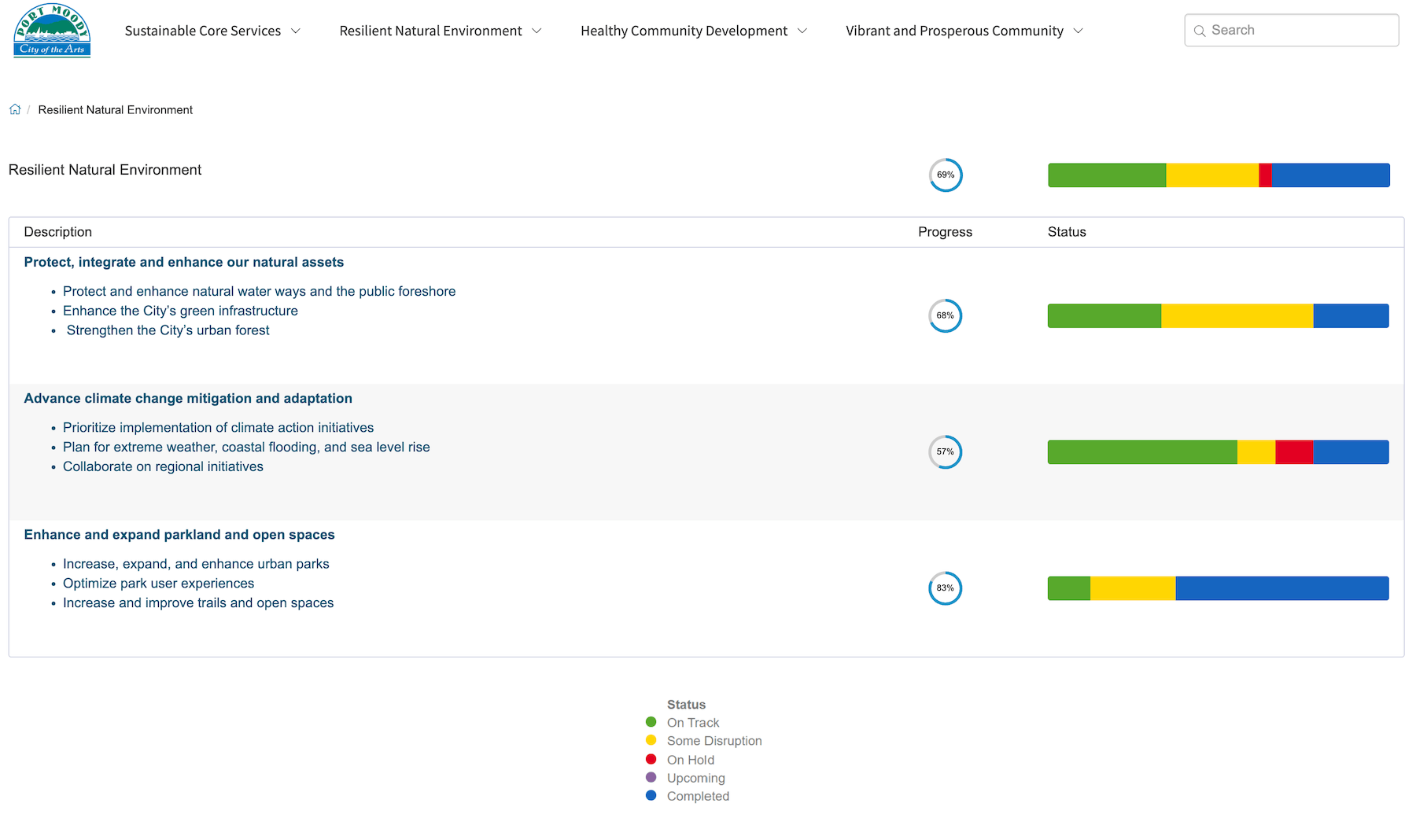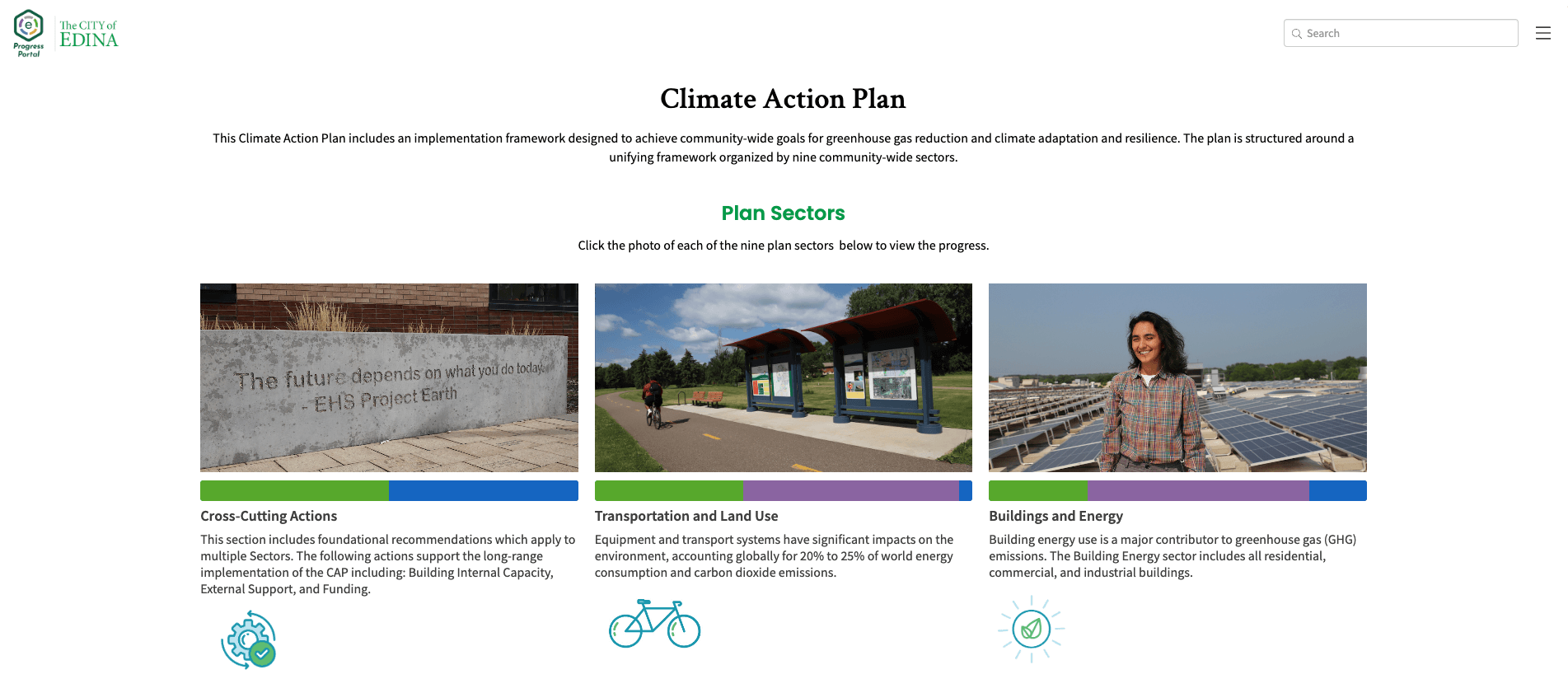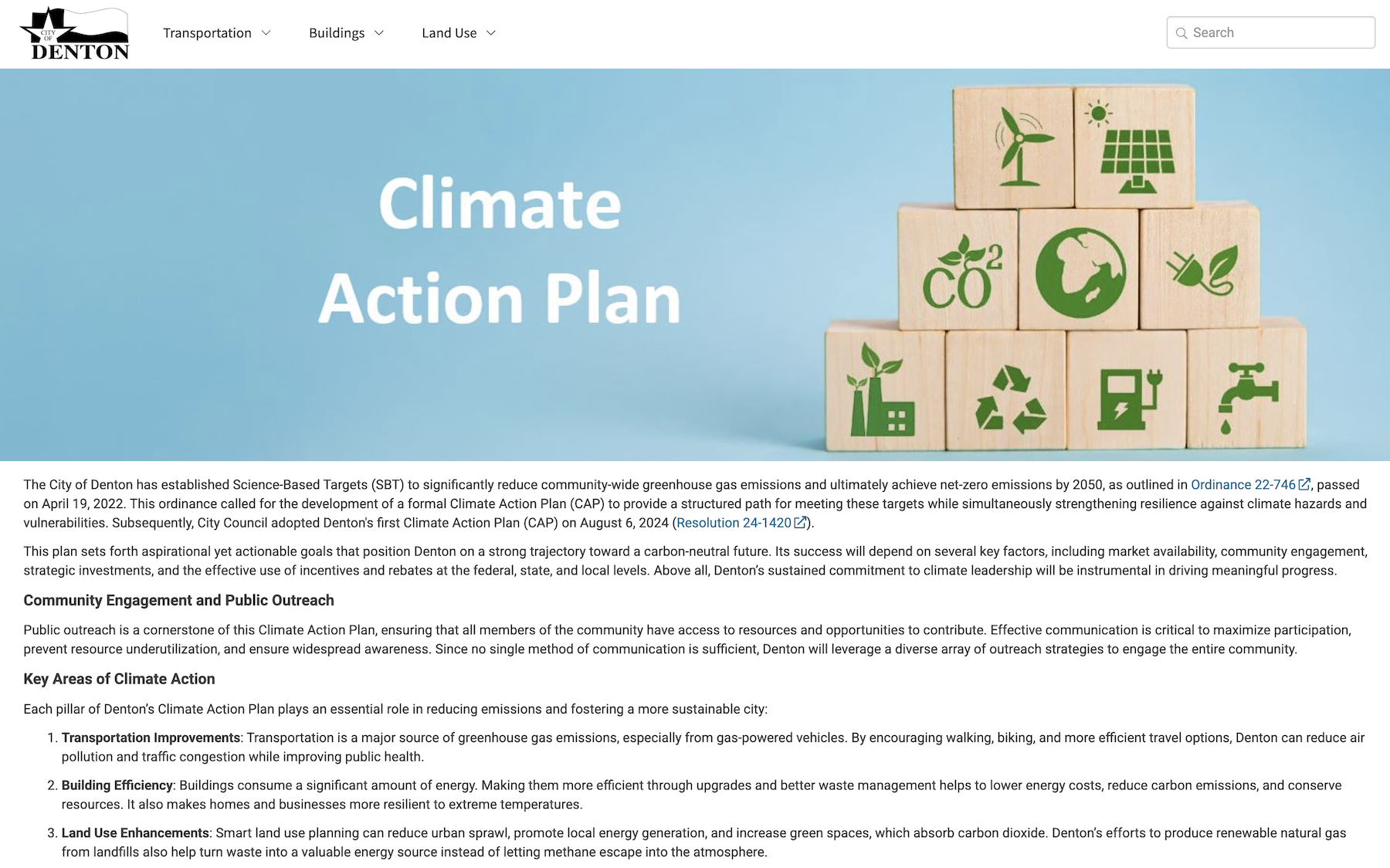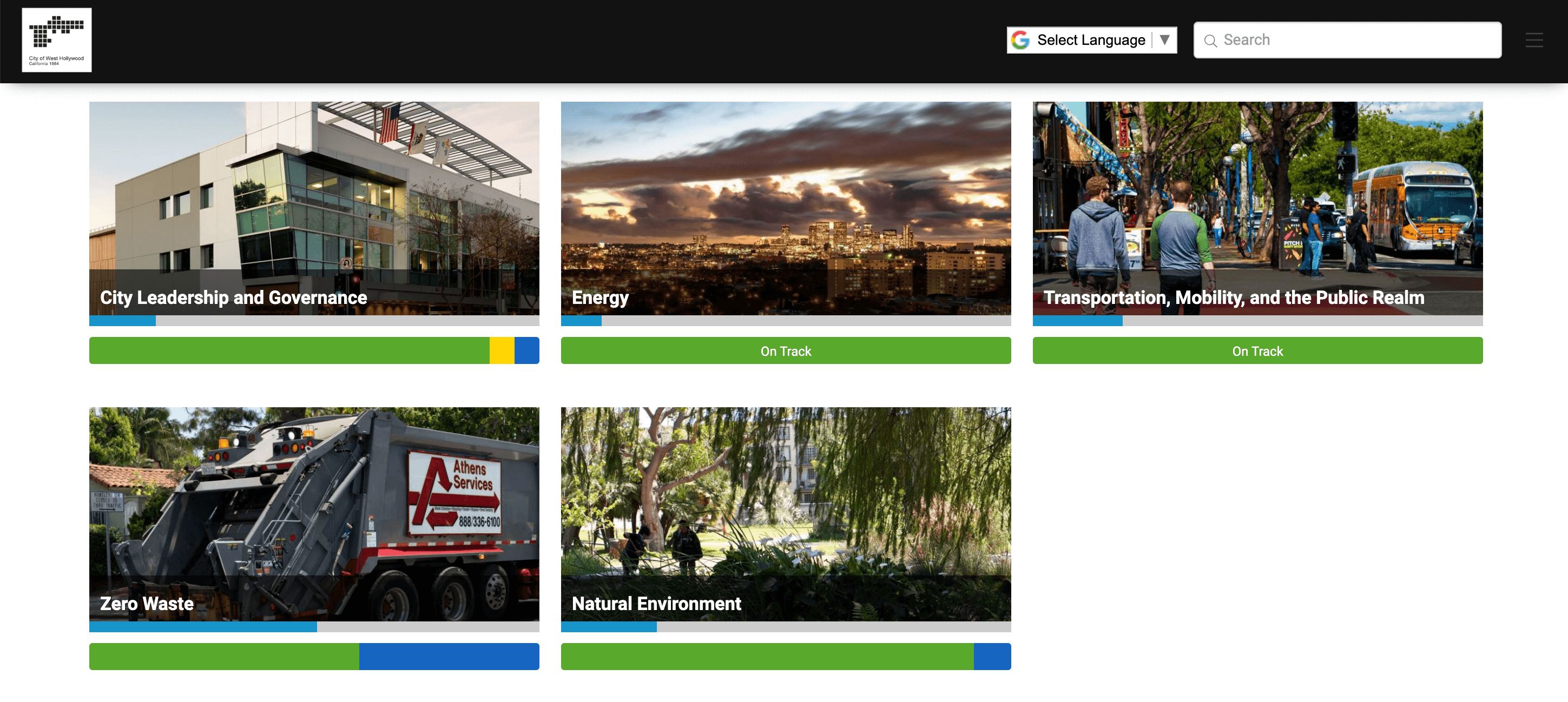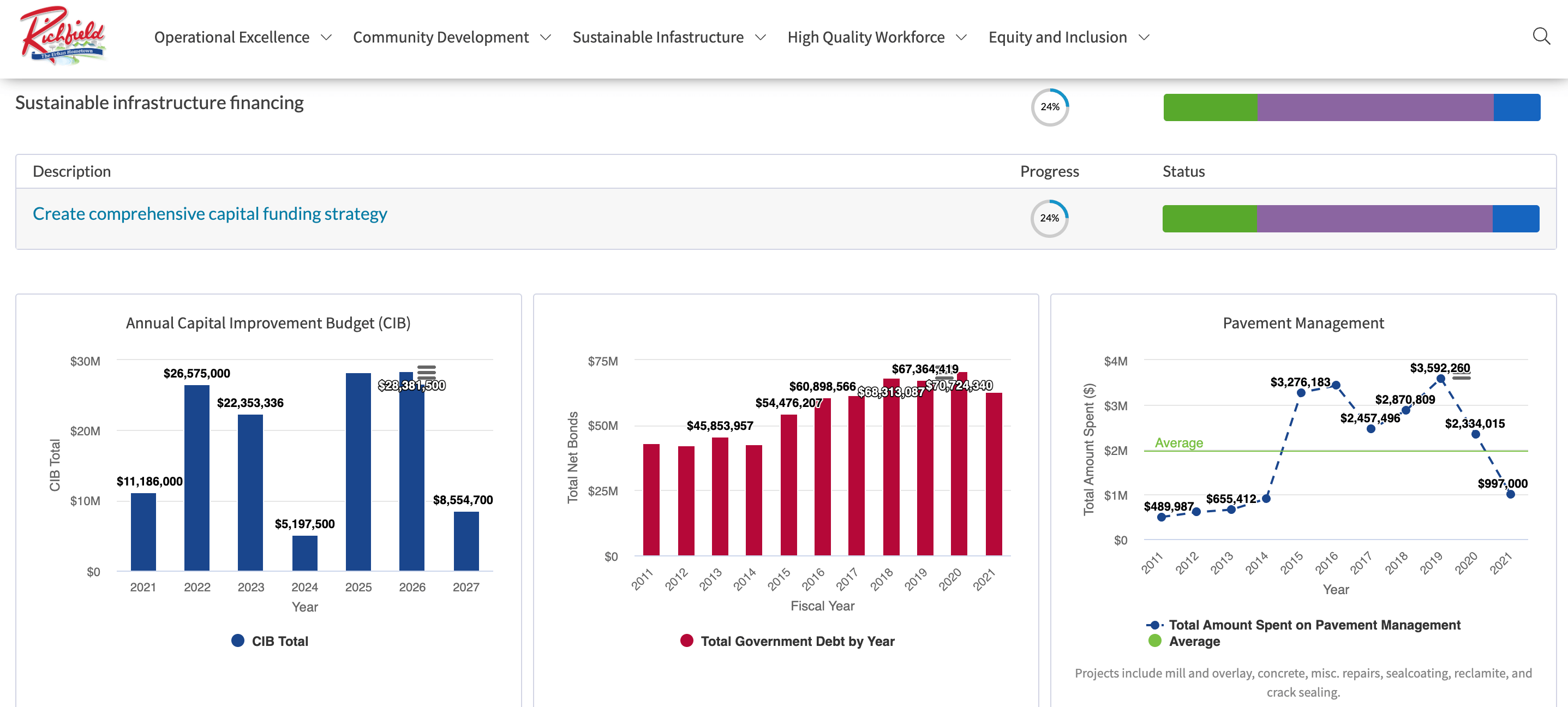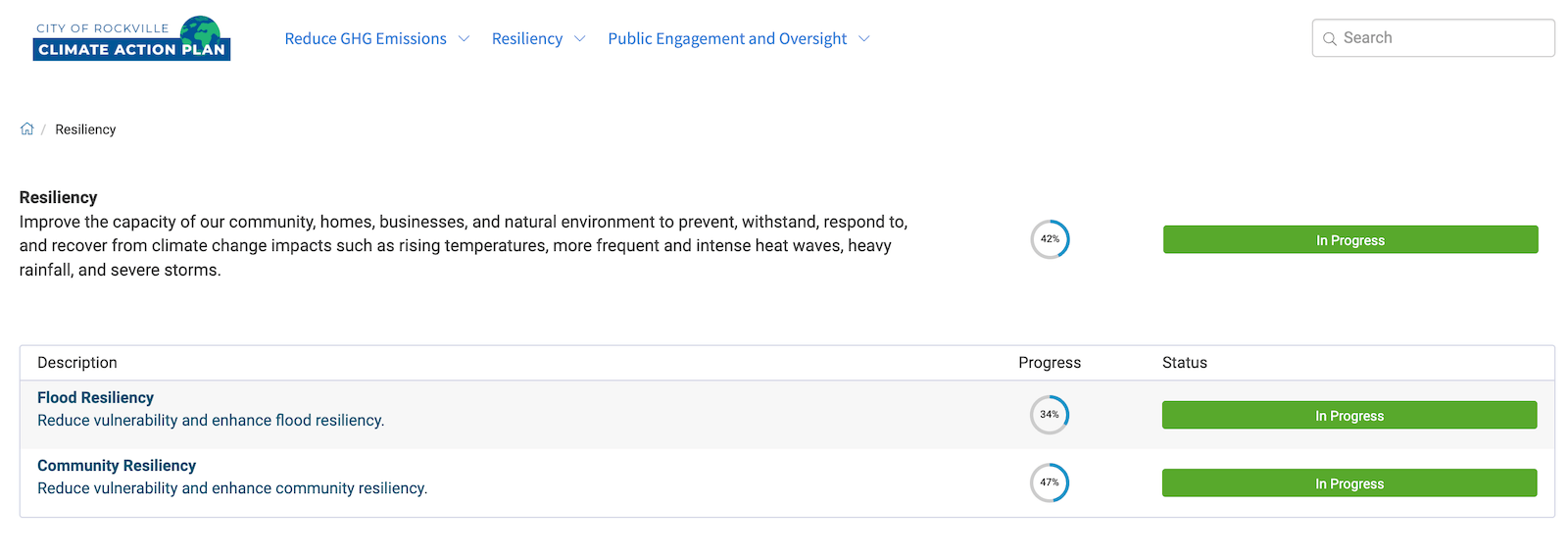Contents
Climate action planning, and taking seriously the reality of climate change, is perhaps the most pressing existential issue of our modern age. The impacts of climate change are already being felt around the world, from extreme weather events like hurricanes, floods, and wildfires, to the loss of critical ecosystems such as coral reefs and rainforests. These changes are not only affecting natural systems but also social and economic systems–exacerbating poverty, food insecurity, and global inequality.
The Paris Agreement requires that we globally limit global warming to no more than 1.5°C above pre-industrial levels. Failure to do so could trigger irreversible and catastrophic changes, such as the collapse of major ice sheets, the loss of entire species, new diseases and viral threats, severely compromised air quality, and the displacement of millions of people due to sea-level rise, and other climate impacts.
On 24 September 2025, leaders from around the world will meet at the United Nations Headquarters in New York for a high-level Climate Action Summit. The event comes at a critical moment, with countries preparing to submit new Nationally Determined Contributions (NDCs) under the Paris Agreement. These updated national plans are expected to raise ambition and provide a path toward doubling energy efficiency, tripling renewable capacity, and accelerating adaptation measures.
Local governments are not at the summit table, but their role is central. Cities are responsible for most global emissions, and they are often the first responders to climate impacts like flooding, extreme heat, and wildfires. Municipal climate action plans show how goals translate into measurable work on the ground. They also provide examples of policies and practices that national governments can learn from as they finalize their own NDCs.
Local governments and climate action planning
Oftentimes, the rhetoric around climate change can over-emphasize one individual’s impact and de-emphasize the things that can really make a difference. Local governments, however, are the perfect in-between: large enough to make systemic change, and small enough to engage individuals. Cities have an ability to respond to climate change in a way that is localized to their region, their economy, and their capacity.
Cities are also responsible for a significant proportion of global greenhouse gas emissions. According to the United Nations Environment Programme, cities and urban areas account for an estimated 75% of global energy-related emissions, with transportation and building developments being the largest contributors.
A city embracing or creating a climate action plan as either a strategic pillar in a broader plan or as an overall strategic city goal can make progress seem possible where it would otherwise be impossible.
Climate action planning matters because they are precisely the antidote to hopelessness. There are significantly impactful changes that need to be made, and that can be made, by local and municipal governments.
So what makes a strong climate action plan?
We work closely with hundreds of innovative local governments, and we take our cue from their careful actions. The trends that are most consistent and that best represent achievable, time-measured, and specific goals focus on:
- Managing and taking care of natural assets
- Leveraging data to support climate action
- Embracing green infrastructure
- Financing sustainability and leadership buy-in
- Adaptability and resilience
From our analysis of our customers’ climate action plans, we believe the above features are what make a strong climate action plan that is comprehensive, socially equitable, and achievable, and one that addresses both the causes and impacts of climate change.
Managing and taking care of natural assets
Strong climate action plans address both engineered and natural infrastructure. Cities often account for roads, pipes, and buildings in their asset management systems, while forests, wetlands, and waterways are left out of the calculation. Yet natural assets provide services that are essential for municipal operations, from storing carbon to controlling rainwater runoff. When these systems are valued and managed properly, local governments can avoid costly engineered replacements and reduce financial risk.
Tracking natural assets through performance dashboards gives decision-makers and residents a clear picture of the value these ecosystems provide. It also makes trade-offs in planning and development easier to evaluate. Cities that treat natural assets as infrastructure show a model other communities can follow.
Climate Action Plan Example: The City of Port Moody, BC
Port Moody has become a leader in natural asset management, embedding it directly into the city’s climate action framework. With the help of strategic execution software, their latest public dashboard tracks progress on protecting and enhancing waterways, strengthening the urban forest, and planning for extreme weather and sea-level rise. These priorities are supported by the Natural Asset Management (NAM) Plan, a policy endorsed unanimously by council in early 2025.
The NAM strategy places natural assets—trees, marshes, streams, lakes, and wetlands—on equal footing with engineered infrastructure. An inventory has been created with services valued at approximately $377 million, including erosion prevention, carbon storage, watercourse drainage, and stormwater management. The policy integrates these assets into the city’s overall asset management system, ensuring that decisions about land use, infrastructure, and development take both financial and ecological services into account.
Council discussions now consider the trade-offs between carbon sequestration, stormwater retention, and ecological services against proposed construction. Neighboring municipalities have taken similar steps, such as Maple Ridge choosing to protect marshland because of the measurable benefits it provides.
Port Moody’s example shows other cities how natural assets can be brought into formal asset management systems. The approach reduces unfunded liabilities, supports climate adaptation, and builds public awareness about the tangible services ecosystems provide. For local governments developing climate action plans, incorporating natural assets into their accounting systems is a step that delivers both environmental and financial resilience.
Leveraging data to support climate action
Collecting accurate data on the impacts of climate change is essential for local governments to understand and effectively respond to the challenges posed by climate change. Any strong climate change plan needs to assess their current shortcomings with regards to climate action and climate vulnerability; from assessing vulnerable groups of people most at risk of harmful climate fall out, to where they have the most environmentally harmful contributions in terms of pollutants, greenhouse gas emissions, and non-biodegradable waste.
Climate Action Plan Example: The City of Edina, MN
One of our customers, The City of Edina, collected data on eight different climate areas:
- Transportation and land use
- Buildings and energy
- Waste management
- Water and wastewater
- Local food and agriculture
- Greenspace and trees
- Climate health and safety
- Climate economy
They embraced a strategy and performance analytics software partner to plan, implement, and display their progress to the public in their climate action plan.
Because they were so rigorous in their data collection, they were able to identify areas of vulnerability. Having accurate data helps local governments identify areas that are most vulnerable to the impacts of climate change, such as sea-level rise, flooding, or extreme heat. For example, The City of Edina was able to identify 1,437 properties at risk of flooding, in their climate health and safety section. This information can be used to prioritize and target resources towards those areas.
Collecting accurate data also helps local governments track progress towards their climate action goals. This, in turn, helps secure funding by providing evidence of the need for investment, and can help in building community support by demonstrating the real impacts of climate change on the local community.
Climate action plans should have clear and measurable goals that outline what the community or organization aims to achieve in terms of reducing greenhouse gas emissions, increasing renewable energy use, and adapting to the impacts of climate change. When based on a comprehensive analysis of the community’s current greenhouse gas emissions, energy use, and vulnerabilities, these goals will be easier to set.
Embracing green infrastructure
Municipal governments can target climate action by investing in green infrastructure. Green infrastructure is a broad term that generally refers to design elements such as green roofs, urban forests, and green spaces, but can also refer to sustainable and renewable energy sources for city infrastructure, such as mobility and transportation.
Climate Action Plan Example: The City of Denton, TX
he City of Denton has made climate action a cornerstone of its long-term vision. In 2022, Denton passed Ordinance 22-746, committing to science-based targets that significantly reduce community-wide greenhouse gas emissions and achieve net-zero by 2050. To chart this path, City Council formally adopted Denton’s first Climate Action Plan (CAP) in August 2024.
The plan sets ambitious but actionable goals to strengthen resilience against climate hazards while reducing emissions. Its success depends on community engagement, strategic investments, and effective use of incentives and rebates at all levels of government—combined with Denton’s sustained climate leadership.
Key areas of climate action include:
- Transportation improvements: Reducing emissions from gas-powered vehicles by promoting walking, biking, and efficient travel, improving both air quality and public health.
- Building efficiency: Cutting energy use through building upgrades, waste reduction, and resilience planning to withstand extreme temperatures.
- Land use enhancements: Expanding renewable energy generation, creating green spaces, and turning landfill waste into renewable natural gas.
Public outreach is central to Denton’s approach. The CAP leverages multiple communication strategies to ensure residents are informed, resourced, and engaged in climate initiatives.
Example in action: Denton is piloting innovative organics management through its Pecan Creek Water Reclamation Plant. Current progress includes:
- Commercial organics composting and co-digestion pilots.
- Source-separated organics collection in downtown with new macerator technology (halfway done – 50% on track!)
- Expansion of food waste diversion to large generators like school cafeterias.
- Planning studies to coordinate infrastructure upgrades and staffing.
These initiatives demonstrate Denton’s comprehensive approach to climate action: tackling emissions across transportation, energy, and land use while ensuring broad community participation. By investing in green infrastructure and innovative programs like organics diversion, Denton is not only cutting emissions but also creating a more livable, economically vibrant, and resilient city.
Financing climate action sustainability and city leadership
Balancing ambition and economic feasibility is another key element of a strong climate action plan. Decarbonizing the economy—transitioning to a low-carbon based energy economy—can be perceived as a high-risk economic activity. The problem is, climate change is already accounting for huge portions of economic devastation. Climate action failure is listed by the World Economic Forum as the most impactful long-term risk facing the world. Based on this assessment, the pros of making the changes vastly outweigh the cons. And sometimes, you just need a leader to take the plunge, in order to demonstrate the benefits.
Climate Action Plan Example: The City of West Hollywood, CA
The City of West Hollywood has a Climate Action and Adaption Plan that tackles all the areas we have already mentioned, such as resilience and a focus on green infrastructure. They have also placed a careful focus on ensuring the changes they make improve equity and the quality of life of their residents. What we want to draw attention to here is how they incorporate action items at the leadership level. Leading by example, they have institutionalized carbon reduction, and embraced regional partnerships.
The city recognizes that incentives are good, but they are not enough on their own to reach their goals. The cross-sector WeHo Green Business Program promotes energy and water efficiency, waste reduction, and sustainable and/or local purchasing with the city’s business community.
Climate Action Plan Example: The City of Richfield, MN
Another incredible example of measuring financial sustainability (as well as developing a robust infrastructure that is a perfect example of data transparency…) is the City of Richfield. Their public dashboard very clearly shows their efforts in sustainable infrastructure financing: they display exactly what changes they are making and how much those changes cost. They have high priority climate action plan items that they are working hard to achieve by 2025.
Showing your financial steps towards sustainable infrastructure, decarbonizing the economy, and engaging in sustainable development practices are ways in which municipal governments can make significant impacts. City leaders and policy makers have a unique opportunity to advance such incentives, and make climate action plans an economically viable option.
Engaging stakeholders, business owners, and seeking federal funding are all ways a municipal government can promote the uptake of renewable energy and energy efficiency. Having buy-in at the leadership level promotes the financial feasibility of climate action, and this is the type of action that translates into a sustainable climate action financing strategy.
Climate adaptability and resilience
Being able to adapt to the impacts of climate change is another important indicator of a strong climate action plan. Even if global emissions are drastically reduced, the Earth’s climate will continue to change: some degree of adaptation will always be necessary. A strong climate action plan should include measures to build resilience to climate change impacts, such as sea level rise, droughts, floods, forest fires, air pollution, water contamination, and heatwaves.
Climate Action Plan Example: The City of Rockville, MD
The City of Rockville is advancing adaptability and resilience as core features of its strategic climate action planning through a series of collaborative efforts and proactive measures.
Their plan is multifaceted, holistic, and comprehensive, but a few stand-out strategies regarding resiliency deserve a shout out!
Partnering with Montgomery County and community organizations, Rockville contributed to an urban heat mapping project funded by a National Oceanic and Atmospheric Administration (NOAA) grant. In August 2022, nearly 600 volunteers equipped with heat sensors mapped temperatures across neighborhoods, including Gaithersburg, Germantown, Rockville, Silver Spring, Bethesda, Fairland, and Olney. The data will inform better integrated tree canopy, land use, impervious surfaces, and heat maps. This project will help areas most at risk from urban heat islands for targeted mitigation and priority based resource allocation, focusing on protecting vulnerable populations such as seniors, infants, outdoor workers, and those without air conditioning.
Additionally, Rockville is enhancing flood resilience by partnering with the Federal Emergency Management Agency (FEMA) to update Flood Insurance Rate Maps and advocating for updated stormwater infrastructure standards. The city is also assessing its flood risk to develop a Flood Resiliency Master Plan aimed at reducing or mitigating the impacts of flooding.
Putting hope into action
We know that addressing climate change requires coordinated action at all levels, from individuals to governments, to industry bodies and international organizations. But cities and counties are in a unique position to get buy-in, make big moves, and reduce their impact. Tangible actions like gathering data on potentially vulnerable populations or areas in a community, or installing green infrastructure, are all actions we hope local governments feel empowered to do. We are proud of the Envisio cities and counties who are leading the charge by putting hope into action.
Schedule a demo ↓
At Envisio, we help municipalities track, report, and achieve their strategic priorities. Schedule a free demo with one of our strategy experts to learn how Envisio can help your organization achieve its goals and elevate performance.
Drop us a line to talk about your municipal strategic priorities, and schedule a free demo of Envisio now! We look forward to showing you how we can help you get aligned, and get results.


